The syllabus for the JNUEE (Jawaharlal Nehru University Entrance Exam) for Track 2 - Life Sciences & Biotechnology under MSc (Computational and Integrative Sciences) Program offered by JNU (Jawaharlal Nehru University) is as follows:
Part A will contain 20 questions related to basic analytical skills of Mathematics and Statistics set at the School level. All other questions will be set at the BSc level. Special focus will be on the following topics
Cell Biology,
Animal & Plant Biotechnology;
Basic Molecular Biology and recombinant DNA technology;
DNA replication, repair and recombination;
Concept of the gene; transcription; translation;
PCR;
DNA sequencing;
Gene regulation;
Biomolecules;
Principles of Genetics;
Microbiology;
Metabolism and enzymes
Basic Biotechniques
Basics of Bioinformatics and sequence analysis;
Sequence Alignment and Clustering Algorithms;
Phylogenetics;
Genome databases;
Engineering (including Computer) Sciences
Only the following topics will be considered for the entrance examination:
Basic Circuit Theory and Network Analysis
Basic Circuit Concepts: Voltage and Current Sources, Resistors: Fixed and Variable resistors, Construction and Characteristics, Color coding of
resistors, resistors in series and parallel.
Inductors: Self and mutual inductance, Faraday’s law and Lenz’s law of electromagnetic induction, Energy stored in an inductor, Inductance in series
and parallel
Capacitors: Principles of capacitance, Parallel plate capacitor, Permittivity, Definition of Dielectric Constant, Dielectric strength, Energy stored in a
capacitor, Air, Paper, Mica, Teflon, Ceramic, Plastic and Electrolytic capacitor, capacitors in series and parallel, factors governing the value of capacitors
Circuit Analysis: Kirchhoff’s Current Law (KCL), Kirchhoff’s Voltage Law (KVL), Node Analysis, Mesh Analysis, Star-Delta Conversion
Network Theorems: Principal of Duality, Superposition Theorem, Thevenin’s Theorem, Norton’s Theorem, Reciprocity Theorem, Millman’s Theorem,
Maximum Power Transfer Theorem.
Two Port Networks: Impedance (Z) Parameters, Admittance (Y) Parameters, Transmission (ABCD) Parameters
Semiconductor Devices
Semiconductor Basics: Introduction to Semiconductor Materials, Crystal Structure, Planes and Miller Indices, Energy Band in Solids, Concept of
Effective Mass, Density of States, Carrier Concentration at Normal Equilibrium in Intrinsic Semiconductors, Derivation of Fermi Level for Intrinsic &
Extrinsic Semiconductors, Donors, Acceptors, Dependence of Fermi Level on Temperature and Doping Concentration, Temperature Dependence of
Carrier Concentrations.
Carrier Transport Phenomena: Carrier Drift, Mobility, Resistivity, Hall Effect, Diffusion Process, Einstein Relation, Current Density Equation, Carrier
Injection, Generation And Recombination Processes, Continuity Equation
P-N Junction Diode: Formation of Depletion Layer, Space Charge at a JunctionZener
and Avalanche Junction Breakdown Mechanism.Tunnel diode, varactor diode, solar cell: circuit symbol, characteristics, applications
Power Devices: UJT, Basic construction and working, Equivalent circuit, intrinsic Standoff Ratio, Characteristics and relaxation oscillator-expression
SCR, Construction,Working and Characteristics, Triac, Diac, IGBT, MESFET, Circuit symbols, Basic constructional features, Operation and Applications
Digital Electronics
Number System and Codes: Decimal, Binary, Hexadecimal and Octal number systems, base conversions,Binary, octal and hexadecimal arithmetic
(addition, subtraction by complement method, multiplication), representation of signed and unsigned numbers, Binary Coded Decimal code.
Logic Gates and Boolean algebra: Introduction to Boolean Algebra and Boolean operators, Truth Tables of OR, AND, NOT, Basic postulates and
fundamental theorems of Boolean algebra, Truth tables, construction and symbolic representation of XOR, XNOR, Universal (NOR and NAND) gates.
Digital Logic families: Fan-in, Fan out, Noise Margin, Power Dissipation, Figure of merit, Speed power product, TTL and CMOS families and their Comparison
Computer Science :
Fundamental Concepts in C:Functions, Arrays and Pointers, Structure, Union, Enumeration and Files.Introduction to OOP and C++:Classes, objects,
constructors and destructors, Operator overloading and Inheritance.
Introduction to Data structures: Linked List, Stack, and Queue, Trees, graphs.
Database System Concepts and Architecture

ata Modeling Using the Entity-Relationship (ER) Model.
Operating Systems:Fundamental Concepts, System Structures, Managing the System, Windows and Linux.
Computer Networks:Introduction to Networks standards & Model, Topologies, Communication Media and Network Transport Systems, High Speed
Network Transport and Devices for Network Connectivity,
Introduction to Internet: Domain Name System (DNS); Name Servers, Electronic Mail - Architecture and Services, User Agent, Message Formats,
Simple Male Transfer Protocol (SMTP), POP3; FTP, TELNET, World Wide Web and Hyper Text Transfer Protocol, Network Management.
Electromagnetics
Vector Analysis: Scalars and Vectors, Vector Algebra, Rectangular (Cartesian) Coordinate System, Vector Components and Unit Vector, Vector Field,
Products, Cylindrical Coordinates, Spherical Coordinates, Differential Length, Area and Volume, Line Surface and Volume integrals, Del Operator,
Gradient of a Scalar, Divergence and Curl of a Vector, the Laplacian.
Electrostatic Fields: Coulomb’s Law and Electric Field, Field due to Discrete and Continuous Charge Distributions, Electric Flux Density, Gauss’s Law
and Applications, Divergence Theorem and Maxwell’s First Equation. Electric Potential, Potential due to a Charge and Charge distribution, Electric
dipole. Electric Fields in Conductors, Current and Current Density, Continuity of Current, Metallic Conductor Properties and Boundary Conditions,
Method of Images. Dielectric materials, Polarization, Dielectric Constant, Isotropic and Anisotropic dielectrics, Boundary conditions, Capacitance and
Capacitors. Electrostatic Energy and Forces
Magnetostatics: BiotSavert’s law and Applications, Magnetic dipole, Ampere’s Circuital Law, Curl and Stoke’s Theorem, Maxwell’s Equation, Magnetic
Flux and Magnetic Flux Density, Scalar and Vector Magnetic Potentials. Magnetization in Materials and Permeability, Anisotropic materials, Magnetic
Boundary Conditions, Inductors and Inductances, Magnetic Energy, Magnetic Circuits. Inductances and Inductors, Magnetic Energy, Forces and
Torques
Electronic communication:
Block diagram of an electronic communication system, electromagnetic spectrum-band designations and applications, need for modulation, concept of
channels and base-band signals. Concept of Noise, Types of Noise, Signal to noise ratio, Noise Figure, Noise Temperature, Friss formula.
Pulse Analog Modulation: Channel capacity, Sampling theorem, PAM, PDM, PPM
modulation and detection techniques, Multiplexing, TDM and FDM.
Pulse Code Modulation: Need for digital transmission, Quantizing, Uniform and Nonuniform
Quantization, Quantization Noise, Companding, Coding, Decoding, Regeneration
Block diagram of digital transmission and reception, Information capacity, Bit Rate, Baud Rate and M-ary coding.
Optical Communication: Introduction of Optical Fiber, Types of Fiber, Guidance in Optical
Fiber, Attenuation and Dispersion in Fiber, Optical Sources and Detectors, Block Diagram of
optical communication system, optical power budgeting
Satellite communication: Introduction, need, satellite orbits, advantages and disadvantages
of geostationary satellites. Satellite visibility, satellite system – space segment, block
diagrams of satellite sub systems, up link, down link, cross link, transponders (C- Band)
Local area networks (LAN): Primary characteristics of Ethernet-mobile IP, OSI model,
wireless LAN requirements-concept of Bluetooth, Wi-Fi and WiMAX
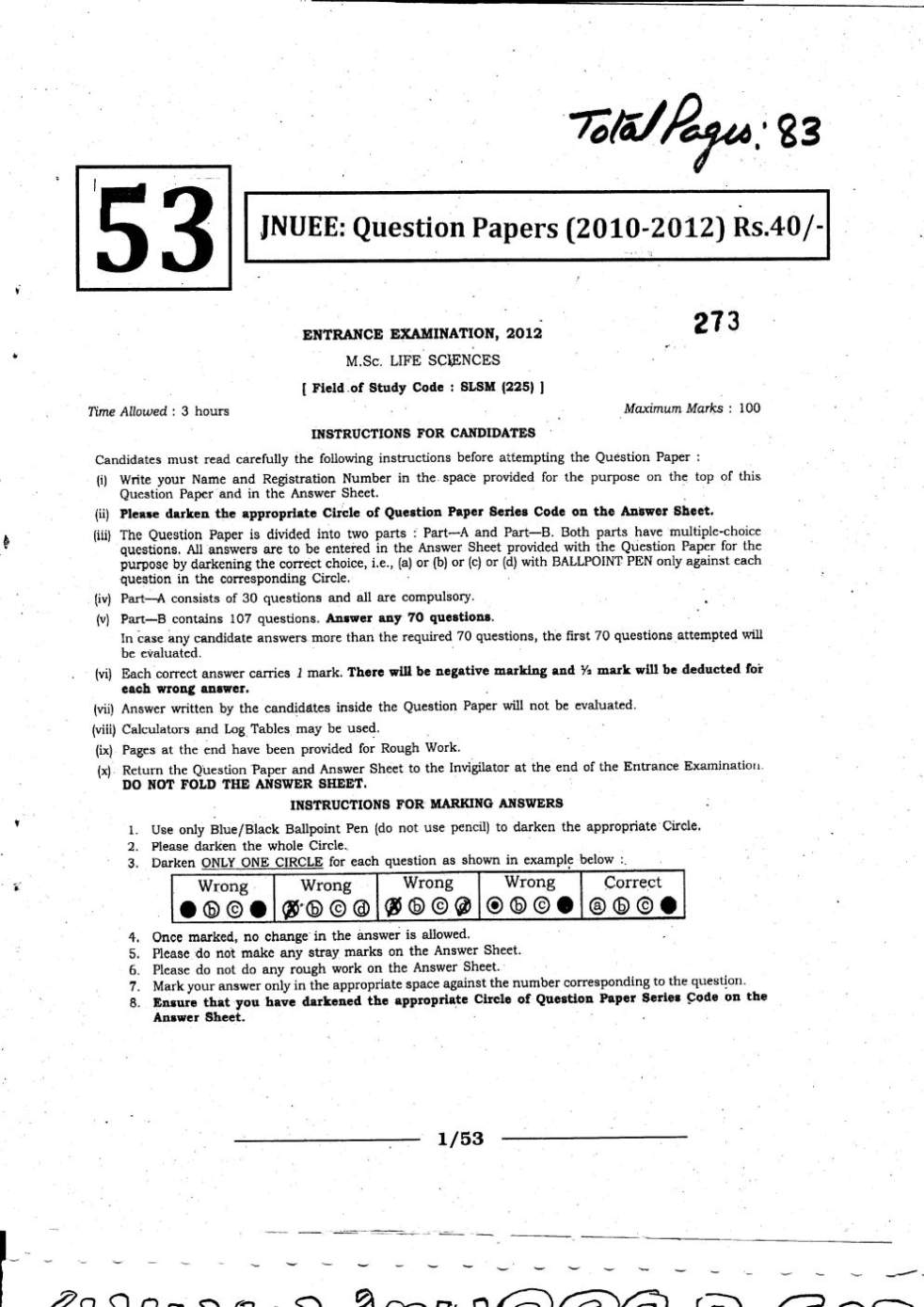
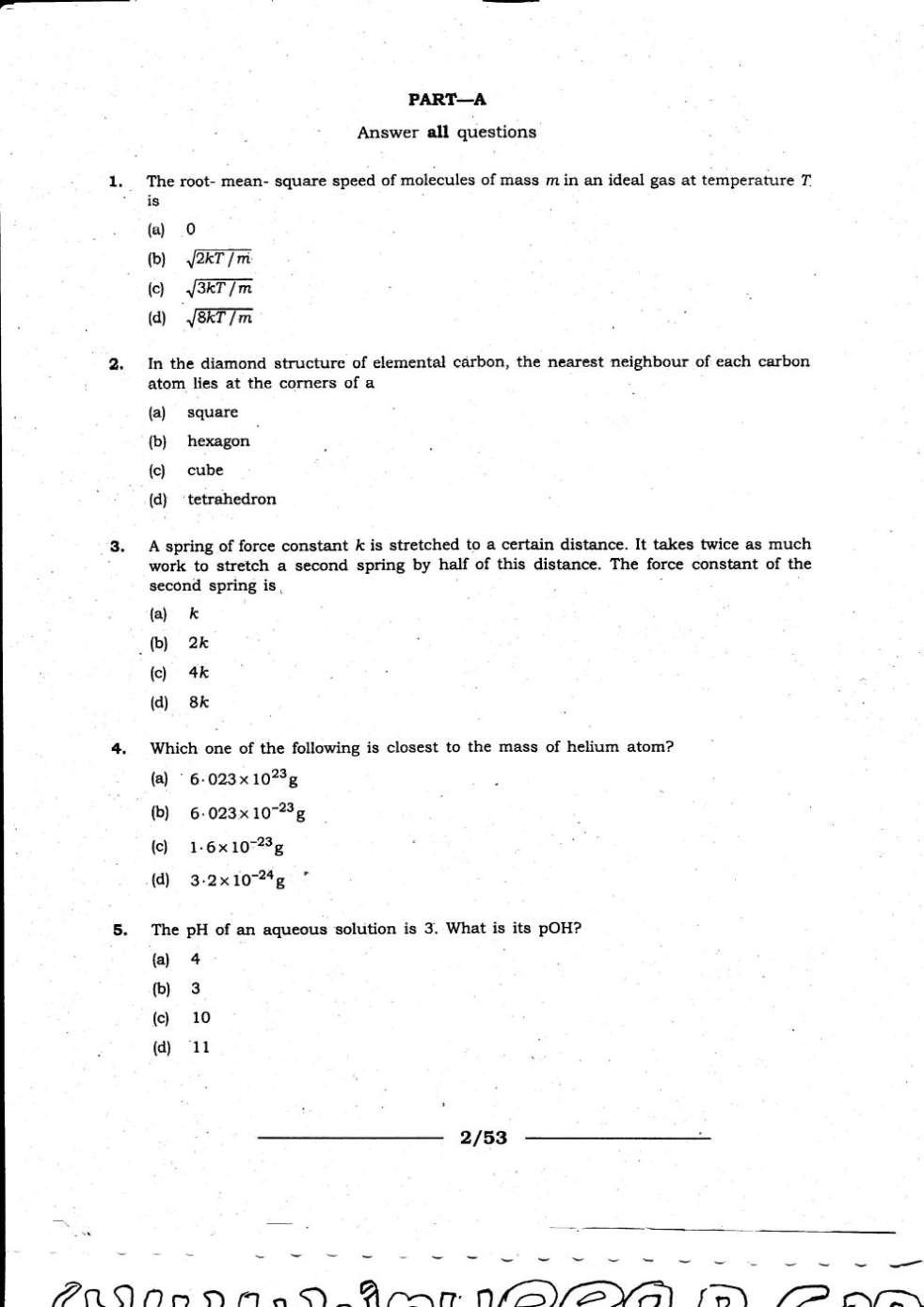
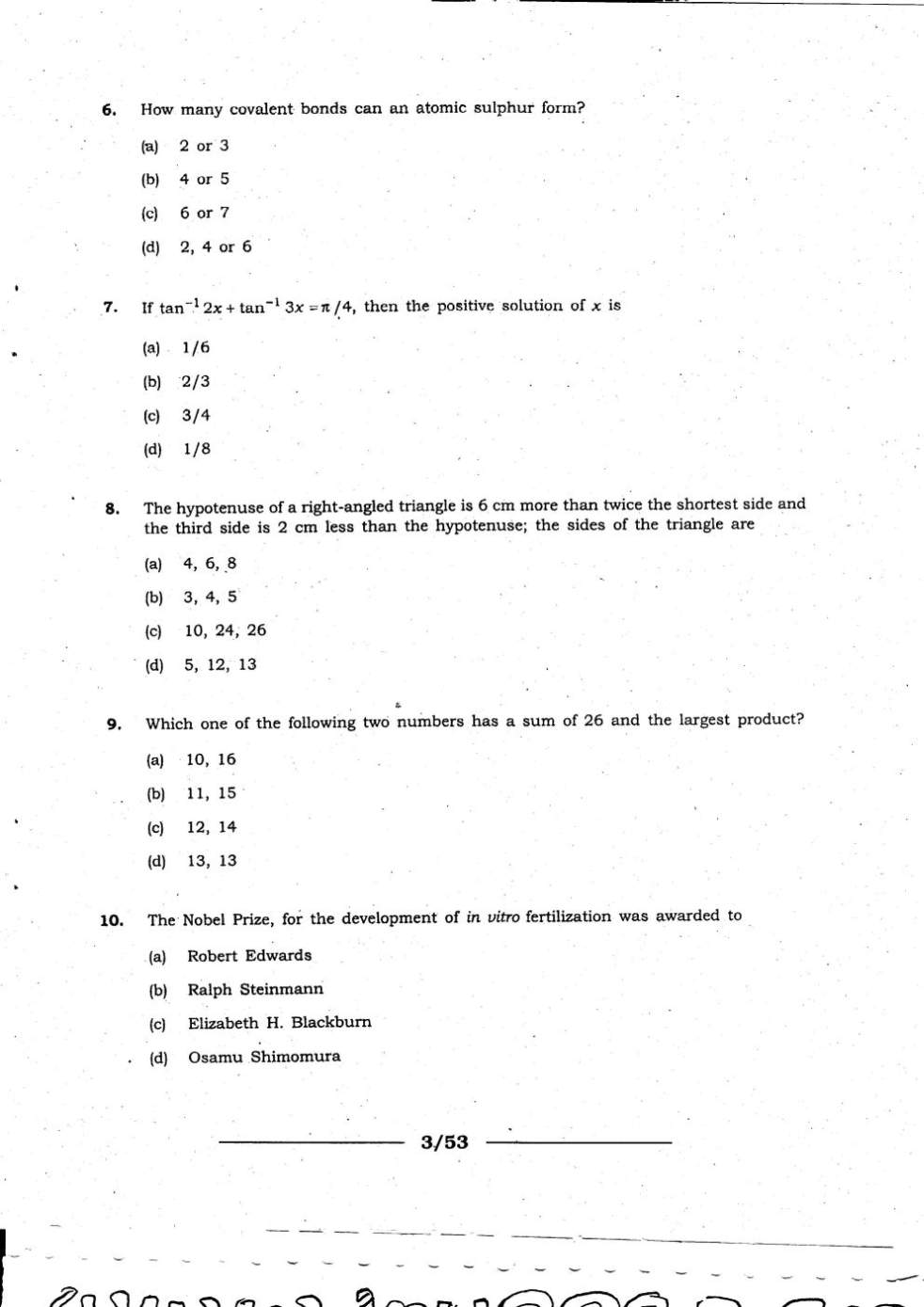
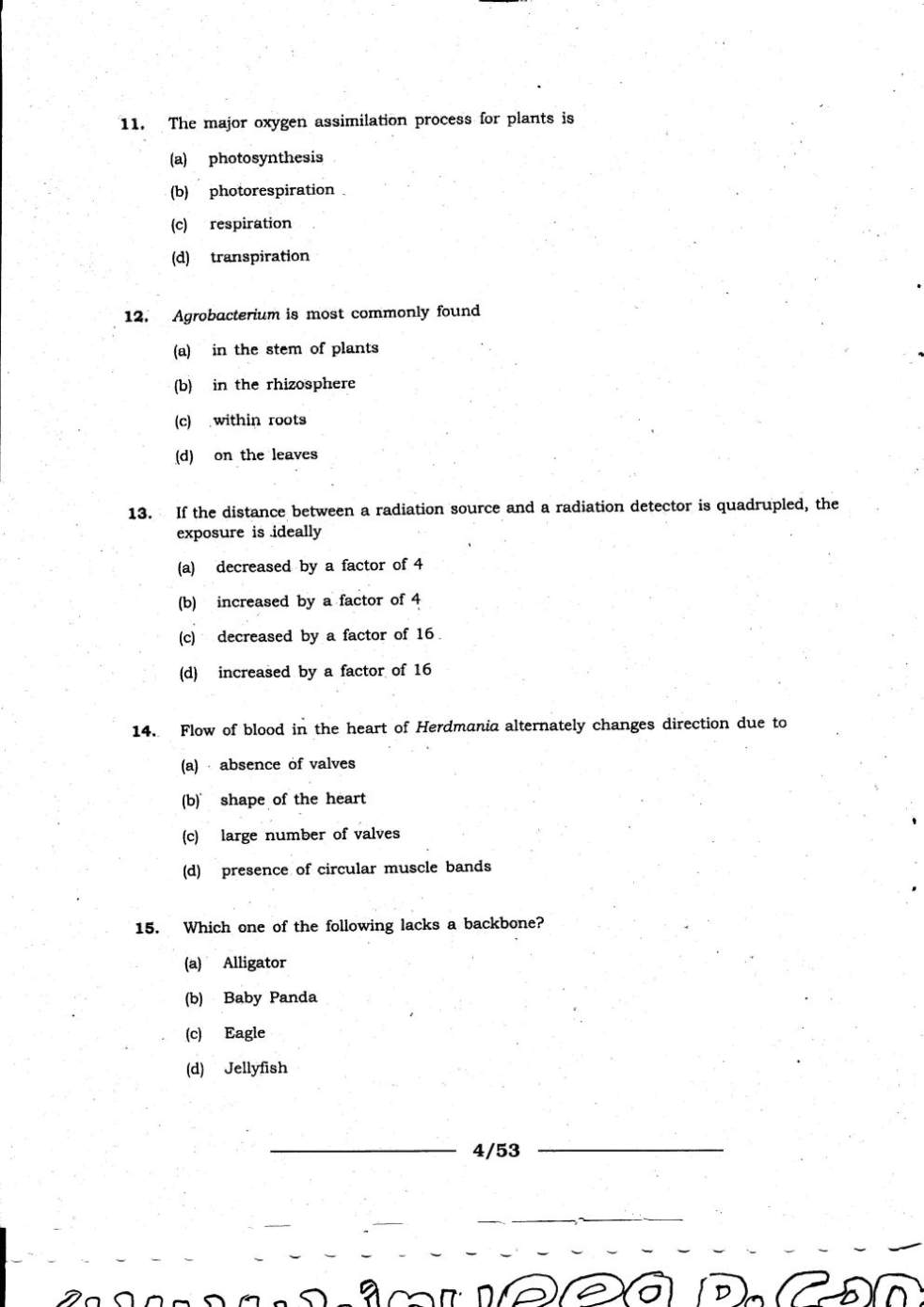
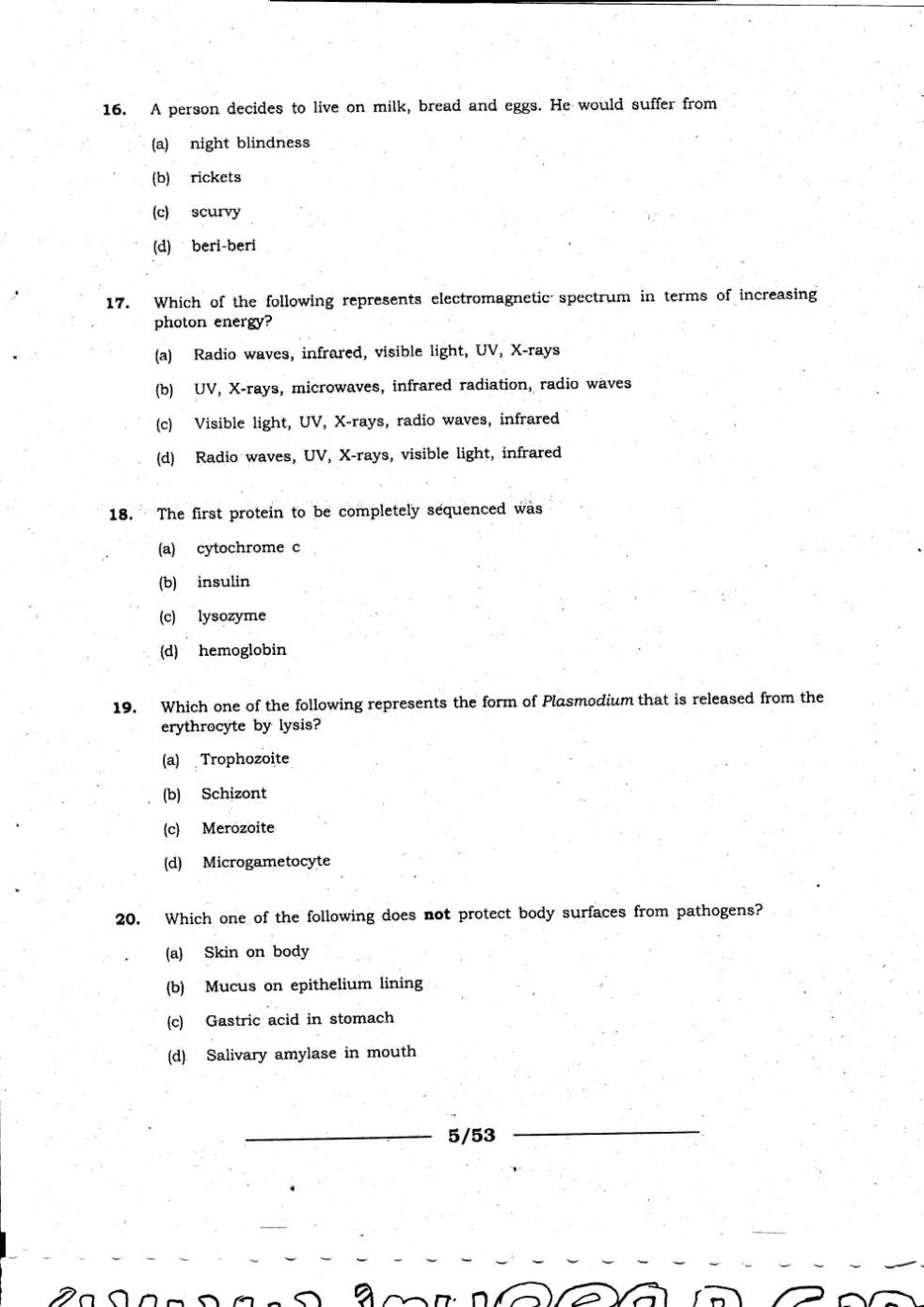
 ata Modeling Using the Entity-Relationship (ER) Model.
ata Modeling Using the Entity-Relationship (ER) Model.